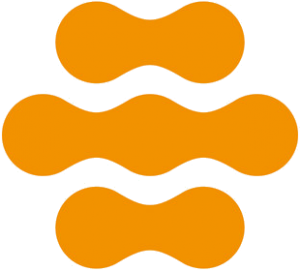Customer Acquisition Cost, or CAC, is an important metric for businesses to understand and measure. It is the cost of acquiring a new customer, and includes all expenses associated with finding and converting leads into paying customers. Understanding CAC is crucial for determining the overall health and sustainability of a business, as it allows for the calculation of customer lifetime value (CLV) and the identification of areas for cost savings.
One of the key components of CAC is lead generation. This includes all efforts to bring potential customers to a business, such as advertising, promotions, and public relations. These activities can be costly, and it is important to measure their effectiveness in terms of the number of leads they generate and the cost per lead. For example, if a business spends $1000 on a Facebook ad campaign and receives 50 leads, the cost per lead would be $20.
Once leads are generated, it is important to convert them into paying customers. This process is known as lead nurturing and includes activities such as email marketing, follow-up calls, and customer service. Like lead generation, it is important to measure the cost of lead nurturing and the conversion rate. For example, if a business spends $500 on lead nurturing and converts 20 leads into paying customers, the conversion rate would be 40% and the cost per conversion would be $25.
CAC can also include the cost of sales and customer service. For example, if a business employs a sales team, the salaries and commissions of the salespeople would be included in CAC. The same is true for customer service, as the cost of hiring and training customer service representatives would be included in CAC.
It is important to note that CAC is not a static number. It can change based on a variety of factors, such as the industry, target market, and the stage of the business. For example, a startup business may have a higher CAC than an established business as they are still building its customer base. Additionally, a business targeting a niche market may have a higher CAC than a business targeting a mass market.
To calculate CAC, businesses need to track their expenses associated with lead generation, lead nurturing, sales, and customer service. These expenses can be divided by the number of new customers acquired during that period. For example, if a business spends $5000 on lead generation, $3000 on lead nurturing, $2000 on sales, and $1000 on customer service, and acquires 100 new customers, the CAC would be $100.
It is important to keep in mind that CAC is not just a one-time cost. It is an ongoing expense, as businesses must continue to acquire new customers to sustain and grow their business. This is why it is important to measure CAC in relation to CLV. CLV is the total amount of money a customer will spend with a business over their lifetime. By comparing CAC to CLV, businesses can determine if their acquisition efforts are sustainable and profitable.
In summary, Customer Acquisition Cost is a vital metric for businesses to understand and measure. It includes all expenses associated with finding and converting leads into paying customers. By understanding CAC, businesses can determine the overall health and sustainability of their business, identify areas for cost savings, and make informed decisions on their acquisition efforts. It is also important to compare CAC to CLV to ensure that acquisition efforts are sustainable and profitable.



